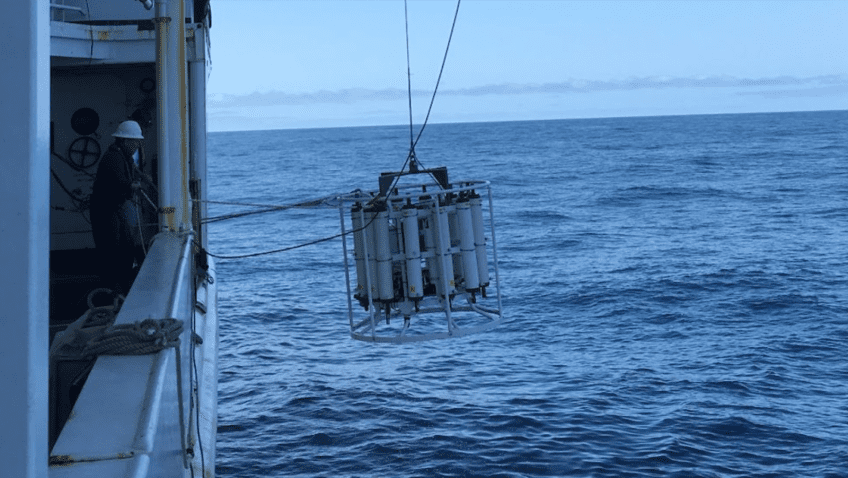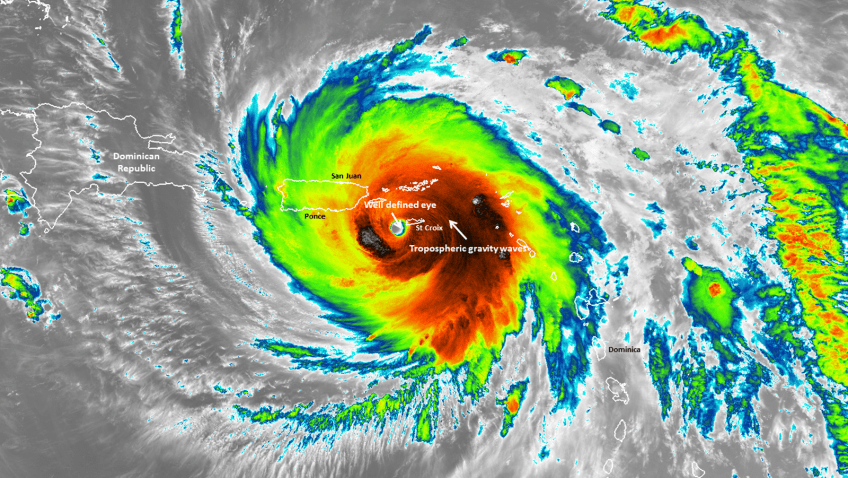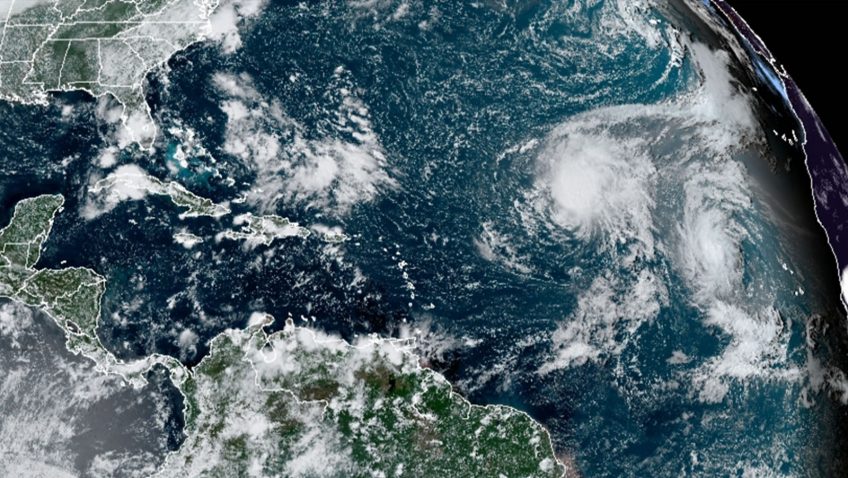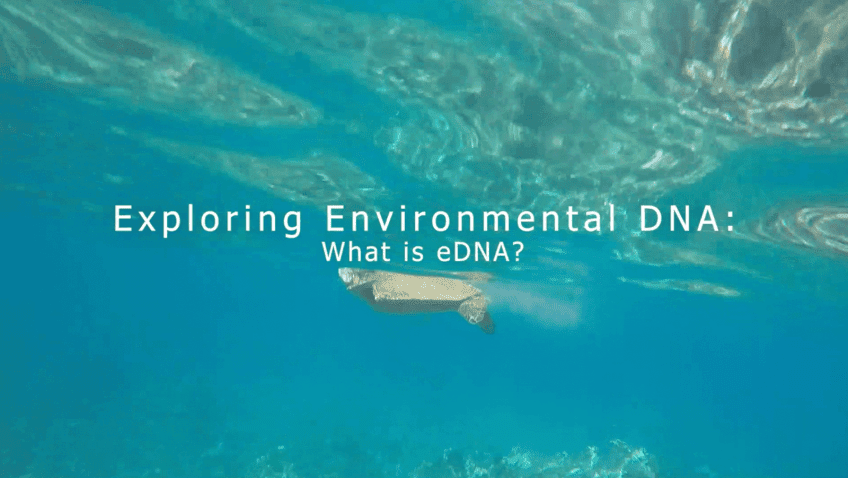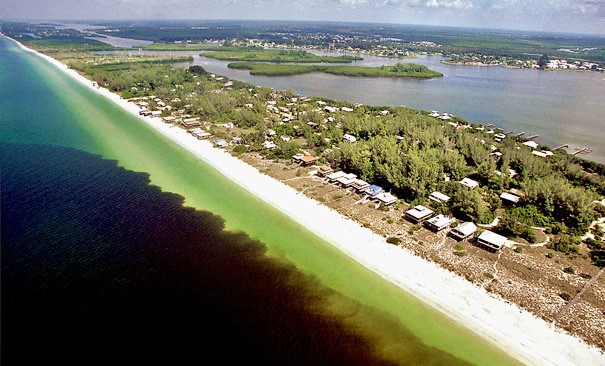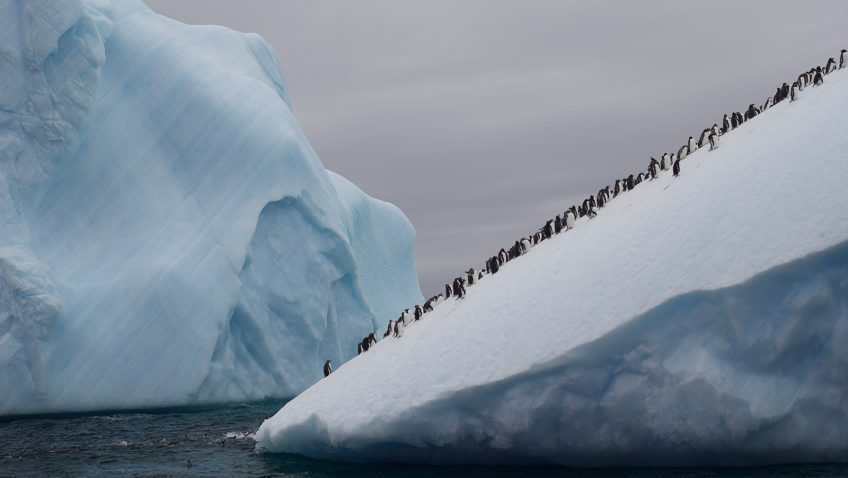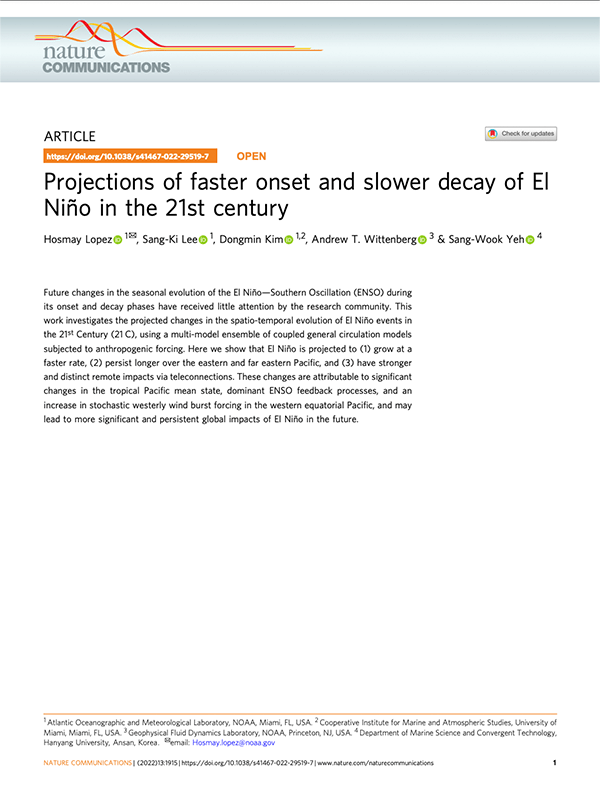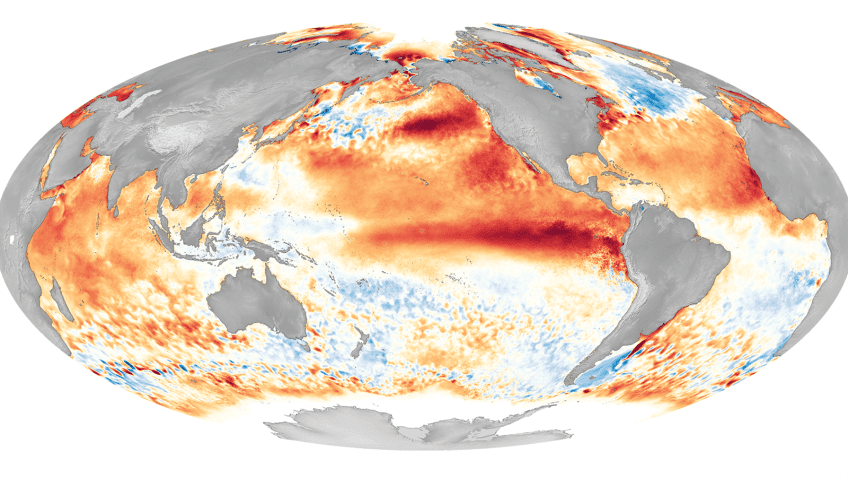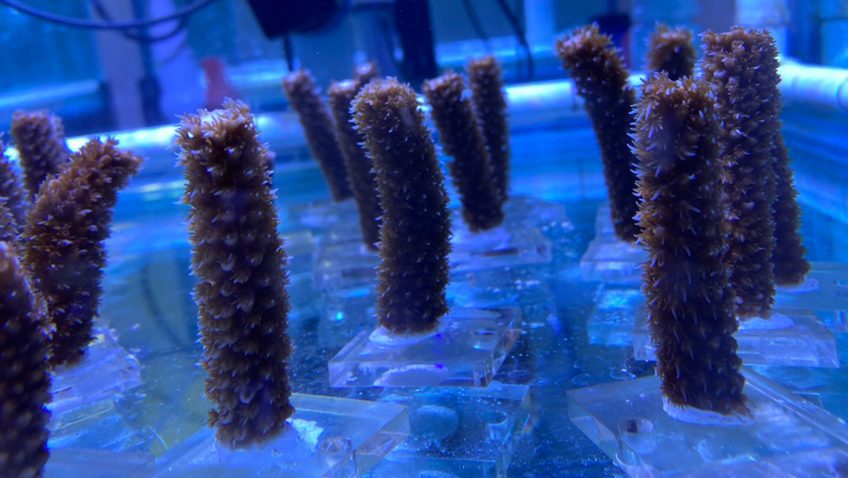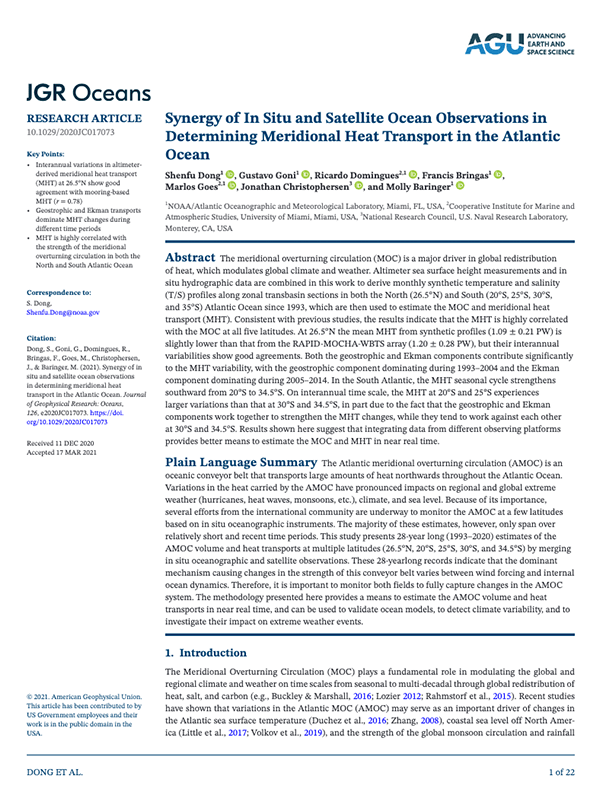How the Ocean’s Tiniest Creatures Respond to Changes in the Marine Environment, Revealed by Machine Learning Analysis of ‘Omics Data
Although too tiny to be seen by the naked eye, microscopic organisms have a big impact on our planet – supporting fisheries, degrading pollutants, and helping regulate the earth’s climate. A new study published in Nature Communications employed cutting edge research techniques (collectively referred to as ‘omics) to reveal how the ocean’s tiniest creatures respond to changes in the marine environment. This work addressed a number of objectives in the NOAA ‘Omics Strategic Plan, which calls for the characterization of food webs that sustain fisheries and vulnerable species.
